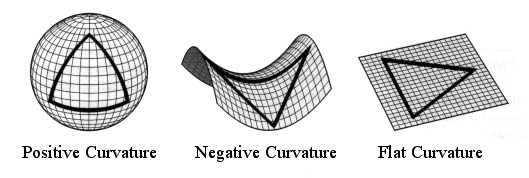You'll be all alone!
 Assume that the nearest galaxy to us is separated from us by
m. If we wait long enough, in
years we won't be able to see any other galaxy from ours. If this time is written as
, where
, what is the value of
?
Assume that the nearest galaxy to us is separated from us by
m. If we wait long enough, in
years we won't be able to see any other galaxy from ours. If this time is written as
, where
, what is the value of
?
Details and Assumptions :
- Take the Hubble constant
- Assume the speed of light .
The answer is 11.
This section requires Javascript.
You are seeing this because something didn't load right. We suggest you, (a) try
refreshing the page, (b) enabling javascript if it is disabled on your browser and,
finally, (c)
loading the
non-javascript version of this page
. We're sorry about the hassle.
It is rather easy, actually. First, by Hubble's relation we have V = H a where V is the velocity of a galaxy that is a meters away from us. To know the distance the galaxy will be from us in the moment it will desapear, we make V = c (it is allowed in general relativity). Again, using Hubble's relation
d t d a = H a ⇒ ∫ x 0 x a d a = H ∫ t 0 t d t ∴ x = x 0 e H ( t − t 0 )
Where x 0 is the distance of the nearest galaxy to us, x is the distance function and we'll assume t 0 = 0 (that is, the time starts counting from now). Using the condition we discovered above (that the distance must be a = H c ) we have
H c = x 0 e H t ⇒ t = H 1 × ln x 0 H c
And for those values that were given in the problem, we'll get the time in seconds. Converting to years, the answer will give us n = 1 1 .